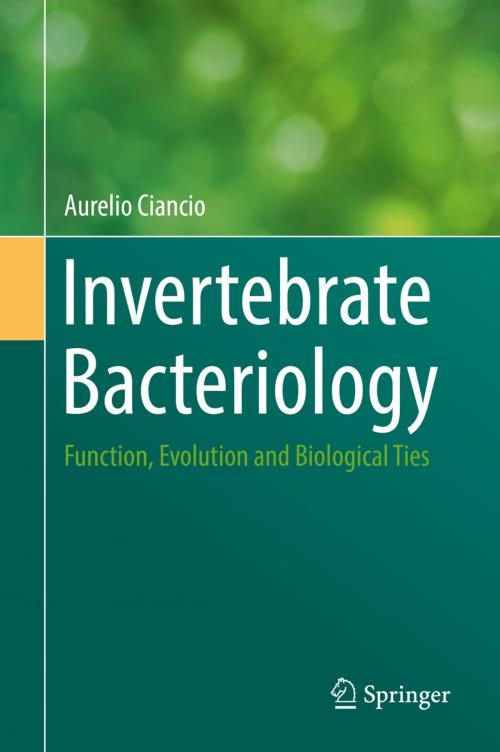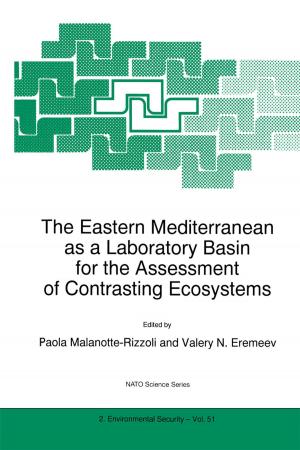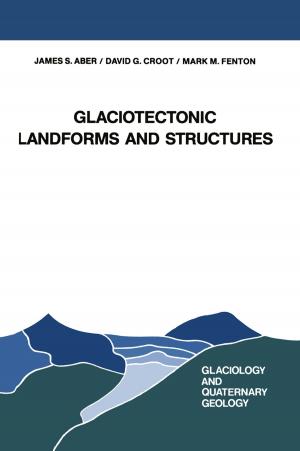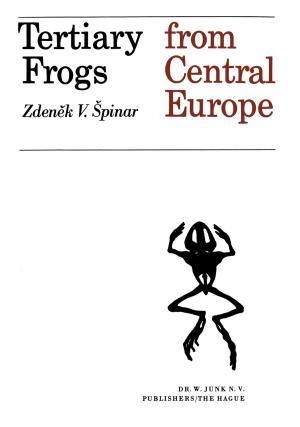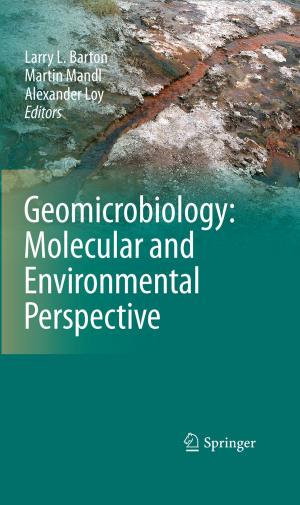Invertebrate Bacteriology
Function, Evolution and Biological Ties
Nonfiction, Science & Nature, Science, Biological Sciences, Bacteriology, Entomology| Author: | Aurelio Ciancio | ISBN: | 9789402408843 |
| Publisher: | Springer Netherlands | Publication: | September 6, 2016 |
| Imprint: | Springer | Language: | English |
| Author: | Aurelio Ciancio |
| ISBN: | 9789402408843 |
| Publisher: | Springer Netherlands |
| Publication: | September 6, 2016 |
| Imprint: | Springer |
| Language: | English |
This compendium reviews different processes acting on bacterial groups that evolved one or more relationships with members of the most important invertebrate Phyla. Starting from principles of basic bacteriology the book provides data on bacteria interactions with pests, animal or human diseases. Being present in all environments, from deep see to crops, animals or plants, invertebrates represent the most significant and ancient fraction of the eukaryotic biomass on earth. Their evolutive adaptations and links with bacteria, established over time scales of ages, range from vectored diseases to speciation, within a wide range of environmental niches and biocenosis, including oceanic hydrothermal vents. Main functional processes include pathogenicity, parasitism, transmission, immunity, symbiosis and speciation. A review about recent advances achieved in these research topics is given, focussing on one or more aspects concerning significant evolutive paths of bacteria and underlying functional links. Rather than proceeding through the order and structure of taxonomies, the volume is organized by processes, examining their functional role in different lineages, including but not limited to insects or nematodes. Processes involved in parasitism focus, at a finer level, on examples from many taxa. Molecular aspects underpinning these and other functional processes include the effects of horizontal gene transfer, the mechanisms active in immune defense and vectoring, and the antibacterial peptides. Finally, the effects of climate warming, biological invasions and agriculture are examined, with particular attention to farming and environment.
This compendium reviews different processes acting on bacterial groups that evolved one or more relationships with members of the most important invertebrate Phyla. Starting from principles of basic bacteriology the book provides data on bacteria interactions with pests, animal or human diseases. Being present in all environments, from deep see to crops, animals or plants, invertebrates represent the most significant and ancient fraction of the eukaryotic biomass on earth. Their evolutive adaptations and links with bacteria, established over time scales of ages, range from vectored diseases to speciation, within a wide range of environmental niches and biocenosis, including oceanic hydrothermal vents. Main functional processes include pathogenicity, parasitism, transmission, immunity, symbiosis and speciation. A review about recent advances achieved in these research topics is given, focussing on one or more aspects concerning significant evolutive paths of bacteria and underlying functional links. Rather than proceeding through the order and structure of taxonomies, the volume is organized by processes, examining their functional role in different lineages, including but not limited to insects or nematodes. Processes involved in parasitism focus, at a finer level, on examples from many taxa. Molecular aspects underpinning these and other functional processes include the effects of horizontal gene transfer, the mechanisms active in immune defense and vectoring, and the antibacterial peptides. Finally, the effects of climate warming, biological invasions and agriculture are examined, with particular attention to farming and environment.
